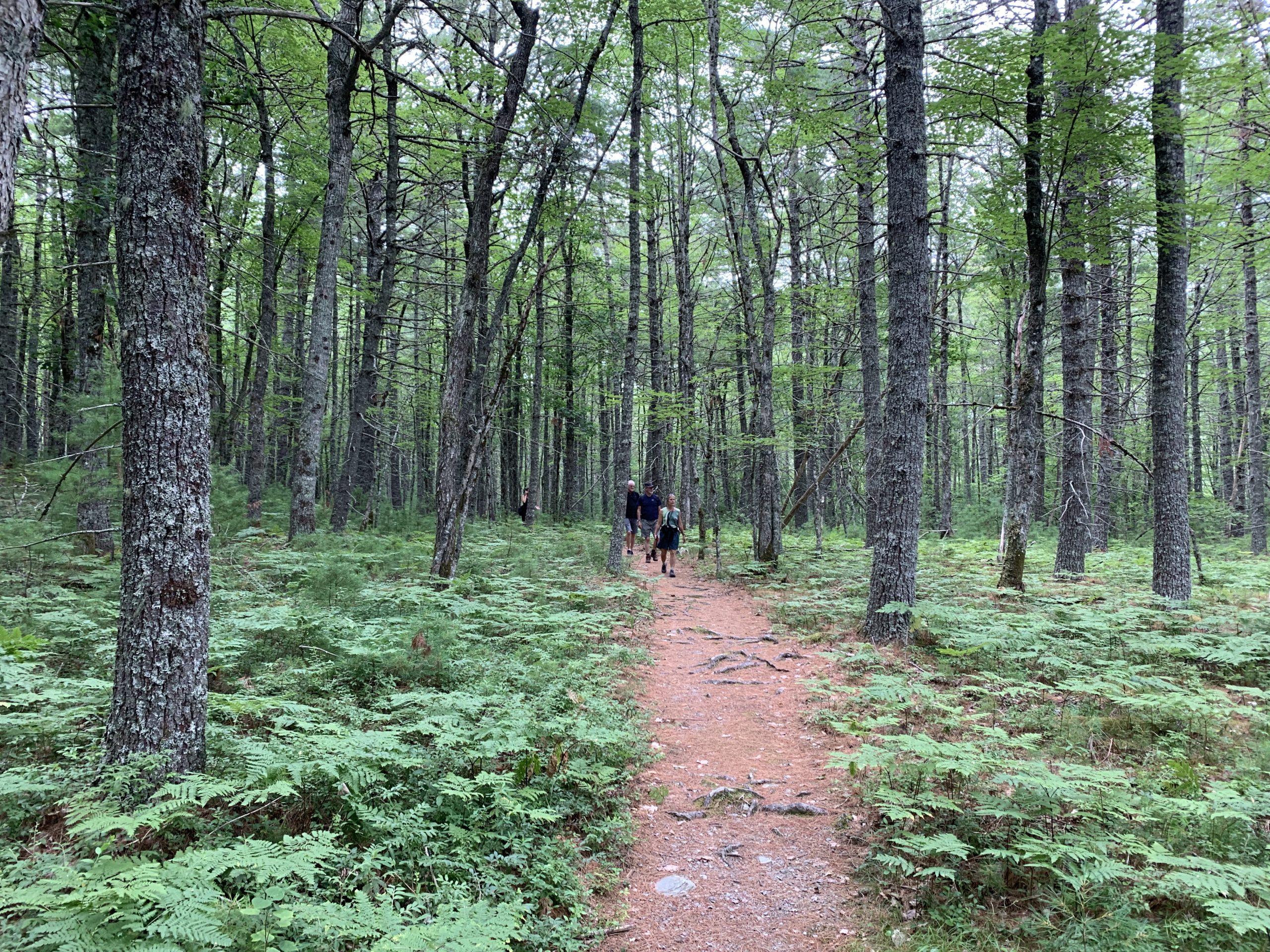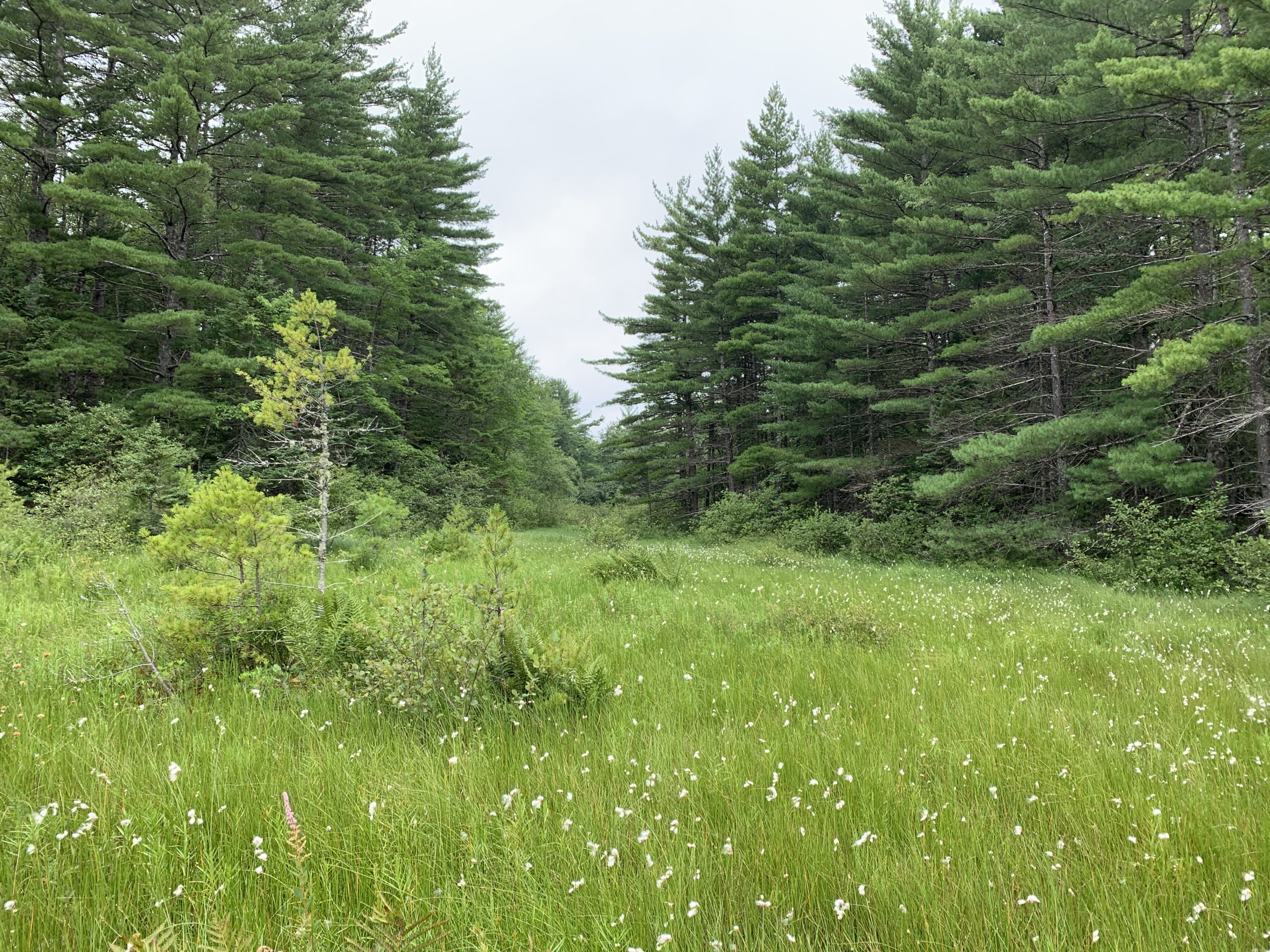Not far from my place Nature’s Nest is Kejimkujik National Park. I visit the 404 km2 park every year and this year was no exception. I went several times with my family and, later on, with girlfriends that came over from Denmark.
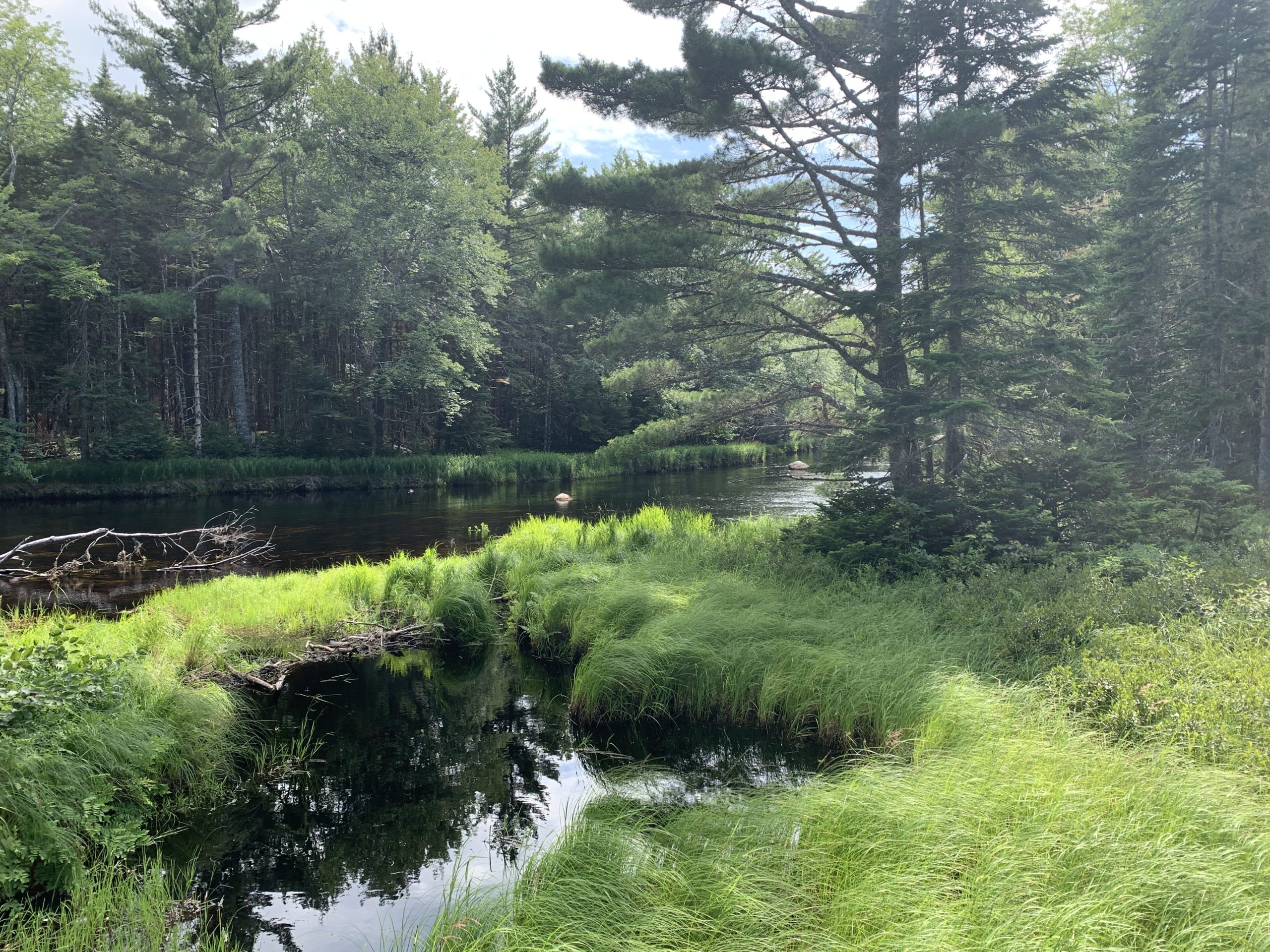
In Denmark the national park concept is just getting off to a tiny start, so Danish readers may want to take note here. In Kejimkujik, as in other Canadian and American national parks, nature reigns supreme. Humans take second place. The national parks are not created to earn money or to create a backdrop for other human activities; their aim is to protect nature. That does not mean that we humans are not permitted to be there, of course.
For example, if a nesting osprey is aggressive to visitors, as was the case some years ago on the absolutely most popular hiking trail, the park authorities close the path to the public to protect the osprey. They do not remove the bird to protect the public.
As far as I know, no animals have been introduced or removed. The area is not fenced in because there is no need; the park is surrounded by more nature, including free roaming bears, coyotes, beavers, deer, porcupines, raccoons, etc. Here is a brown-eyed toad sitting on a fragrant bed of pine needles:
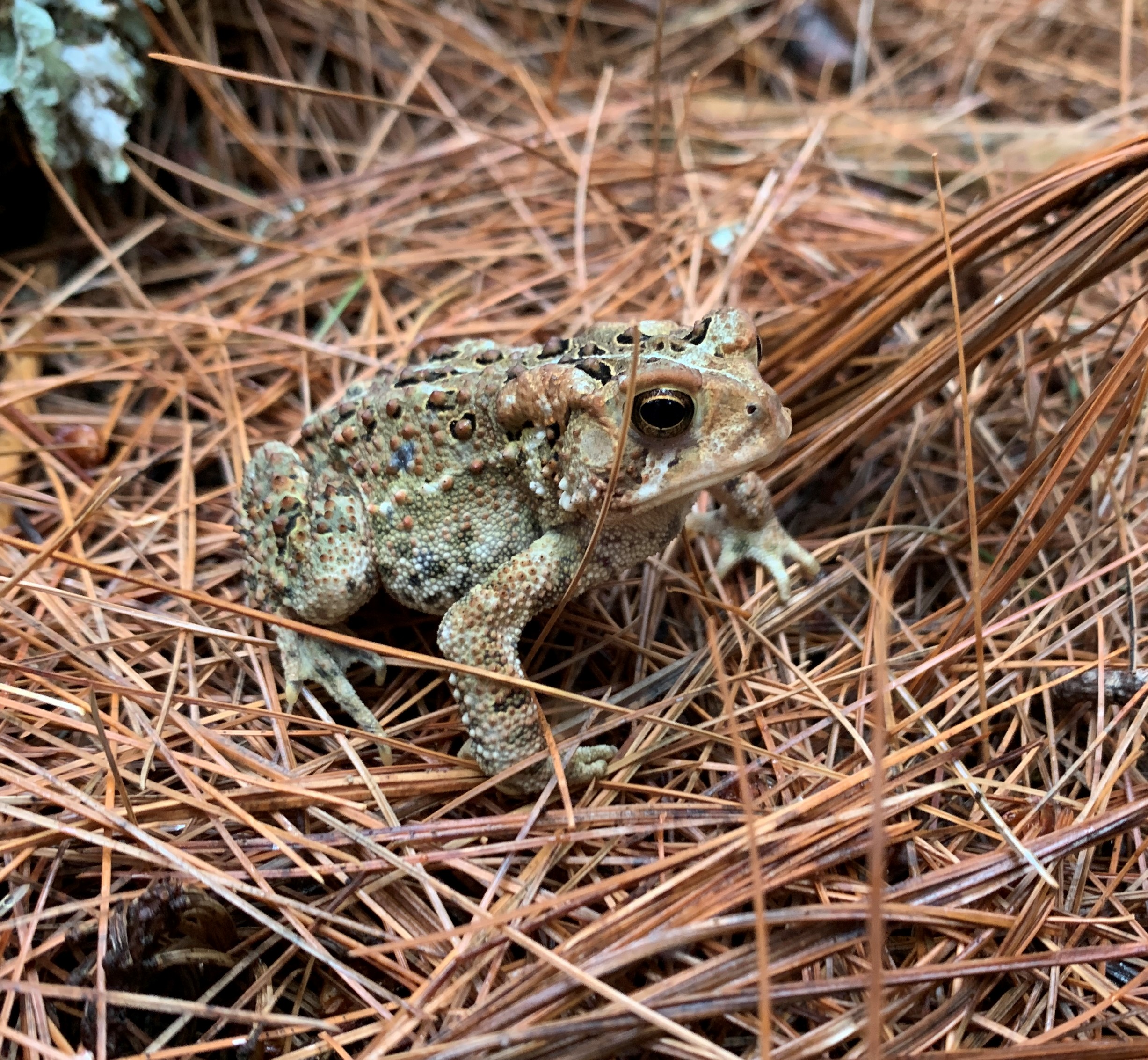
The video shows a squirrel eating a pine cone. I guess you could call it fast food.
To get into the park, you drive on a paved road and pay a small fee. There are no activities such as horseback riding, logging, farming, berry picking, beehives, firewood gathering, or tidying up of sick or dead trees (except if they block hiking paths). Just nature.
There is a small snack bar at one of the lakes (closed this summer, though), canoe rental, public camping for tents and trailers, and back country camping where the only access is by canoeing or hiking. You can swim and canoe in the lakes and rivers, hike the numerous groomed trails and, recently, ride mountain bikes on select trails. The priorities are clear with regard to hikers and cyclists:
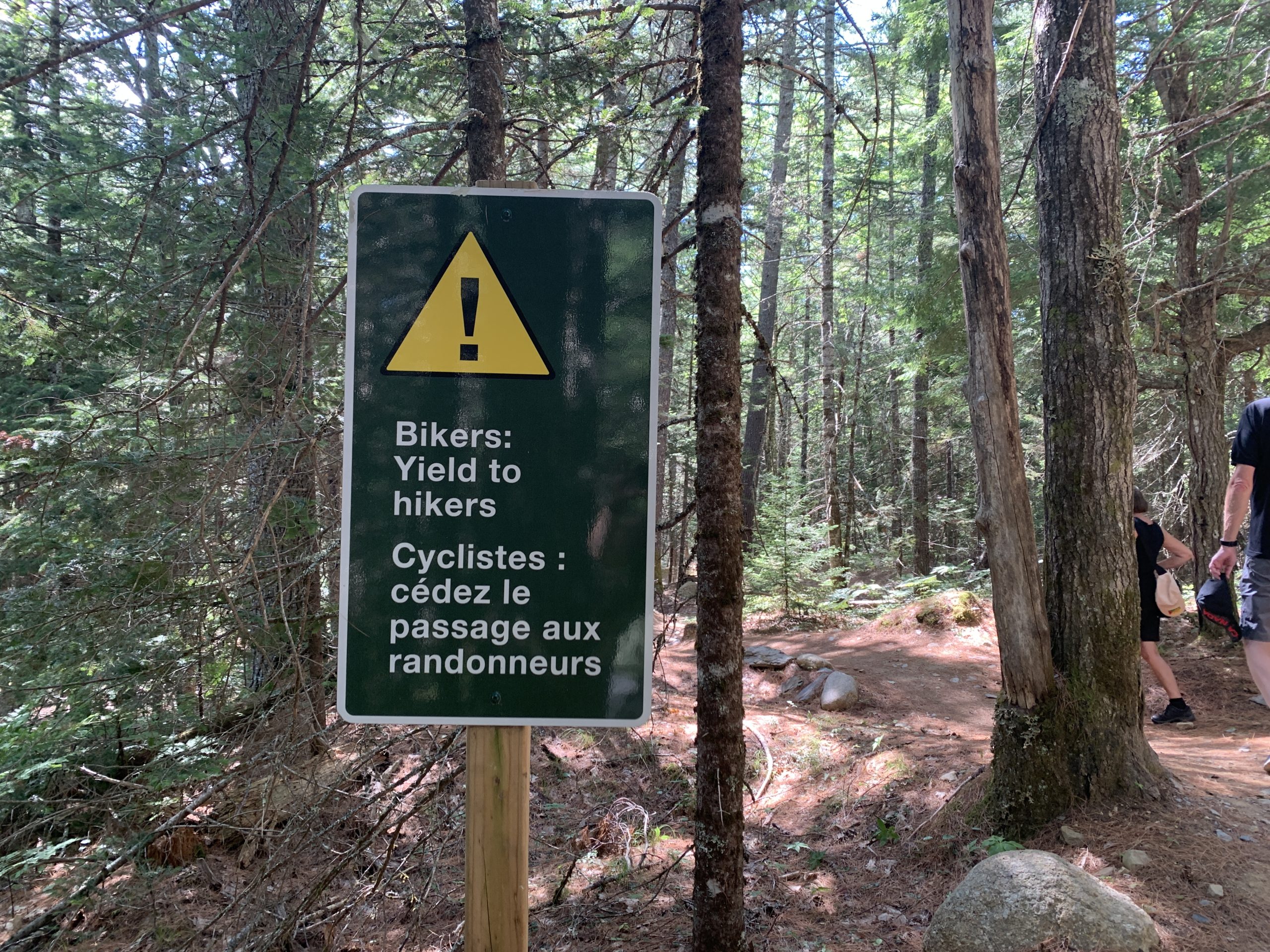
The result is a dynamic and biodiverse landscape shaped by lightning strikes, storms, diseases, beavers, grazing animals and predators, but not by humans. Nature itself takes care of adjusting and adapting. This was not always the case. Decades ago, there was both logging and farming, but now you can only see faint traces of these activities. When nature is given a chance, it rebounds.
In order to protect the environment, including sensitive plants, you are not permitted to trample around all over the place.
Instead, you take paths and boardwalks.
They lead you through an enchanting mix of forests, bogs, meadows, rivers, lakes, and waterfalls.
It is easy to find a quiet place to sit down and enjoy the wonders of Mother Nature.


